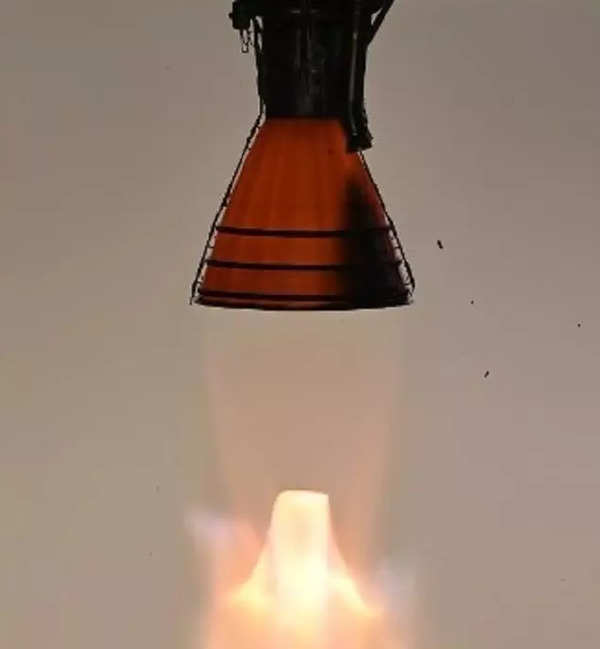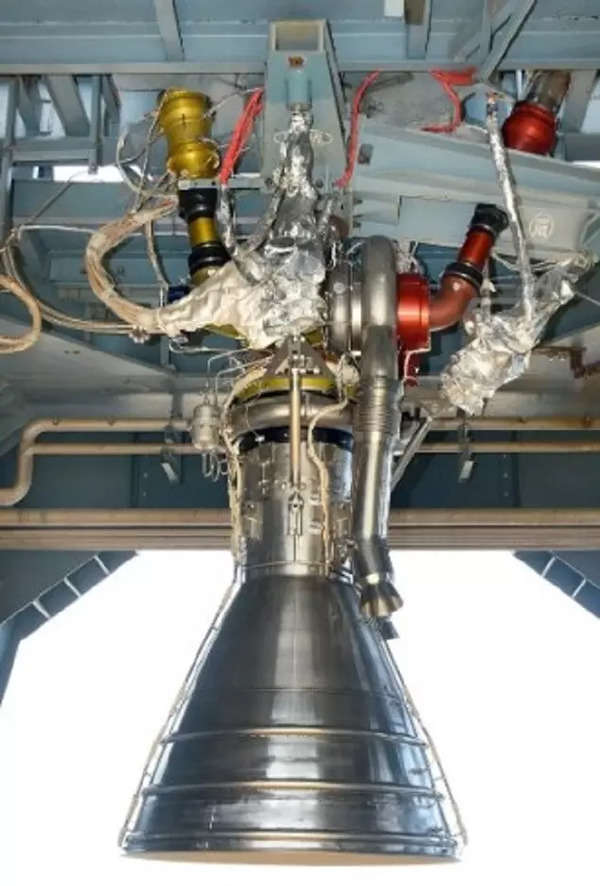Gaganyaan: Key tests of crew module propulsion, human-rated Vikas done | India News
“It also provides attitude control in the ascent phase abort, if any, from 3km to 70km. The crew module propulsion system hardware consists of 12 100N thrusters and associated flow control components. On April 5, 2023, the hot test of the crew module propulsion system for demonstrating the nominal re-entry for the duration of 650 seconds was conducted at the Isro Propulsion Complex (IPRC), Mahendragiri. Prior to this, a series of tests were carried out with six thrusters,” Isro said.

This system was designed, developed, and realised by the Liquid Propulsion Systems Centre (LPSC), it said. “… Completing this test is a major step in qualifying the crew module propulsion system for Gaganyaan,” it added.
Human-rated engine
Further, it said that the final long duration hot test of human rated L110-G Vikas engine was accomplished for the planned qualification duration of 240 seconds on April 6.
“The successful completion of this test marks a major milestone in the human space flight programme. The air-lit liquid core stage of the human-rated launch vehicle (LVM3-G) uses two L110-G Vikas engines in clustered configuration. With this test all the planned qualification tests of the engine are completed successfully,” Isro said.

The design and realisation of the L110 stage for Gaganyaan is carried out at LPSC while assembly and integration and testing was carried out at IPRC. The engine gimbal control system was developed by the Vikram Sarabhai Space Centre (VSSC).
“The Vikas engine uses storable propellants in a pump-fed gas generator cycle. Human-rated Vikas has higher structural margins for sub-systems, improved assembly process and additional measurements for health monitoring. The human-rated engine development hot tests were conducted in a step-by-step manner at IPRC. Nine engines had undergone 14 hot tests with a cumulative duration of 1,215 seconds, including four long duration tests of 240 seconds each,” Isro said.
Drawn from the extensive legacy and experience of liquid rocket engine development, the test campaign envelopes extreme operating durations, off-nominal mixture ratios and thrust level conditions as compared to flight operating conditions, Isro said, adding that four sets of hardware used for this test programme were fabricated at various Indian industries.
“Electro-mechanical gimbal actuators and command system module for engine pilot pressure control, with multiple redundancies were also qualified in the test. Isro could complete the human-rated L110-G Vikas engine qualification within a short span of three years,” it added.
For more news from the world of Bollywood, digital and television, stay tuned
[amazon new=”electronics” items=”3″]
Source link



